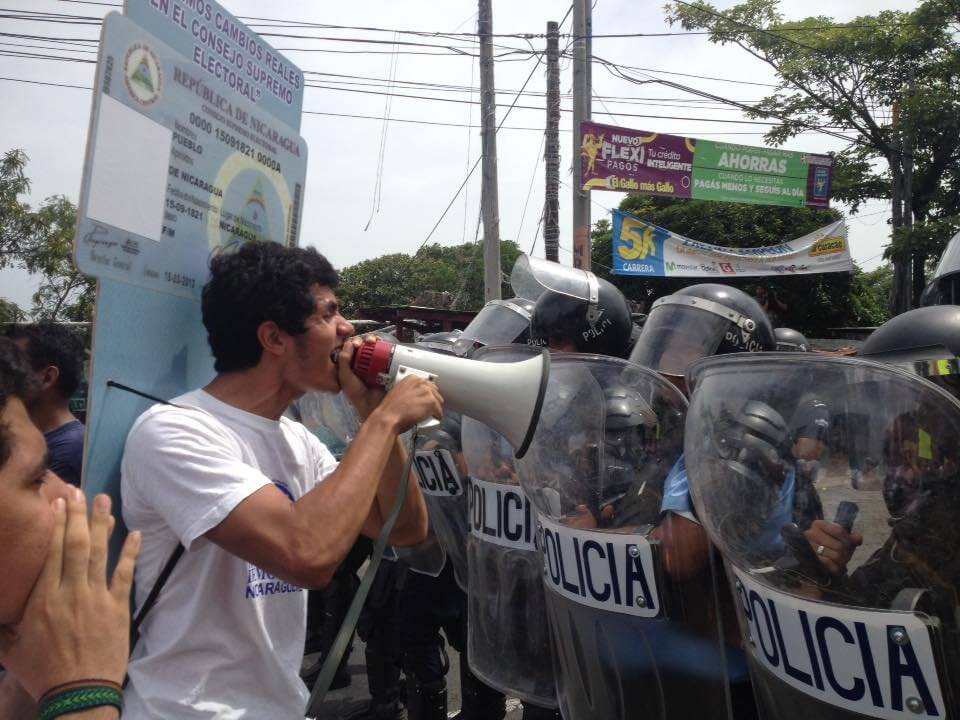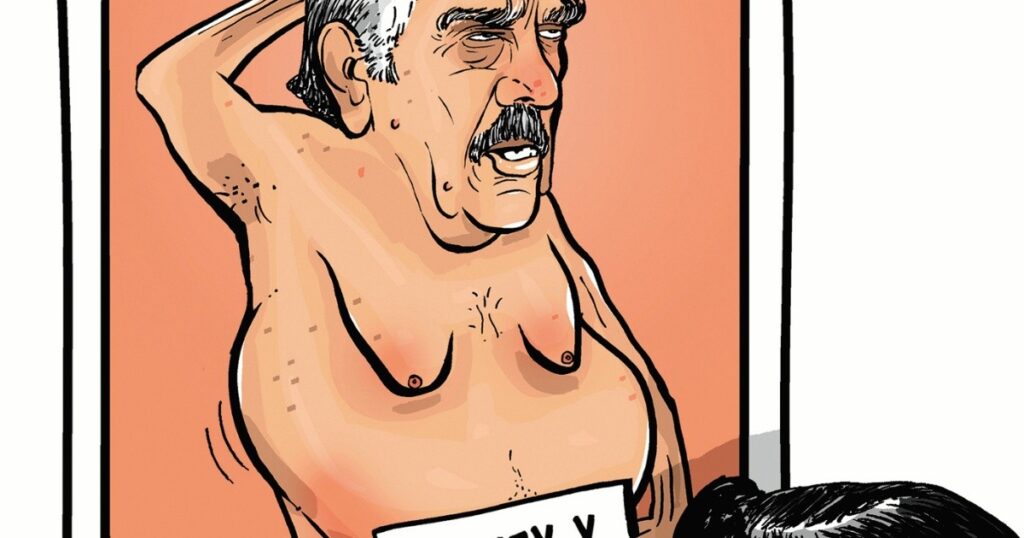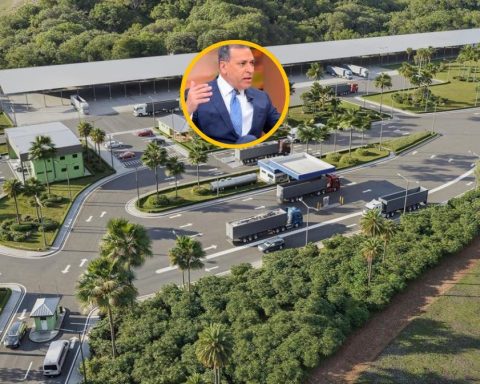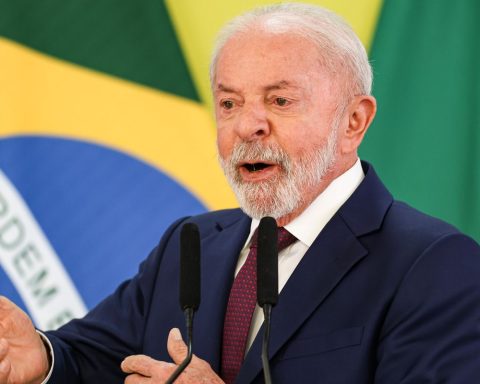“The global performance of the Nicaraguan economy after World War II has been conditioned by the armed conflicts, and the social and political instability that Nicaragua has experienced in its recent history,” according to the document “Patterns of Economic Development in the six countries of Central America”, published by the Economic Commission for Latin America and the Caribbean (ECLAC).
The armed struggle that ousted the dictator Anastasio Somoza from power in 1979 marked the border between a period in which the gross domestic product (GDP) grew 6.0% between 1951 and 1977, and another in which the GDP decreased – 2.7% between 1978 and 1993. The combination with the result of the following three subperiods (4.2% between 1994 and 2008; -3.3% in 2009 and 5.2% between 2010 and 2017), generated an absolutely poor result.
“The balance of the Nicaraguan economy during this period shows very modest results, when compared with the evolution of other countries in the Central American region,” said economist Arturo Grigsby, commissioned by ECLAC to write the chapter on Nicaragua.
“The average growth of GDP per capita during the postwar period has been weak and with great fluctuations: the average growth rate has been less than 1% per year, and its absolute value, in constant terms at the end of the period, (that is, , in 2016), was equivalent to what it had already reached in the first half of the 1960s,” he pointed out.
The result is more palpable when comparing the performance of the economies of the five Central American countries, highlighting how the Costa Rican economy grew 7.92 times between 1950 and 2016. In that same period, Nicaragua could not even double activity, while El Salvador it grew 2.13 times; Guatemala, 2.23 times, and Honduras 2.91 times.
The growth that Costa Rica, Guatemala and Honduras had obtained in 1980 is even greater than what Nicaragua was able to accumulate in 2016, that is, 36 years later.
insufficient growth
The political and economic mistakes made in the 1980s -which led to a new civil war, with the United States and the Soviet Union supporting the sides in the conflict- resulted in an increase in the poverty levels of Nicaraguans.
“The third period begins with the signing of the peace agreements in 1990, and meant the abandonment of the strategy of productive organization, and satisfaction of the basic needs of the revolutionary period, by the adoption of the policies of the Washington Consensus,” he noted. Grigsby.
“The transformations included the reduction of the scope of State intervention in the economy and the size of the public sector. Trade liberalization, financial sector reform, and privatization of state-owned enterprises. The cycle of post-conflict economic recovery can be divided into two stages: the implementation of the liberal model is the first, which was practically financed with the support of international cooperation, and the second, which was marked by the boom in foreign investment, and the maquila”.
Although the Nicaraguan GDP grew 4.2% between 1994 and 2008 first, and 5.1% between 2010 and 2017, that was lower than the average annual rate of 5.5% that the World Bank (WB) estimates as the growth rate necessary for Nicaragua to achieve sustained poverty reduction, the author recalled.
Based on official estimates provided by the Nicaraguan Institute of Information for Development (Inide), the expert pointed out that “the high levels of general poverty and extreme poverty remained relatively stagnant from 1993 to 2009 and had a significant reduction until 2014.”
Using those same data, the Central Bank of Nicaragua (BCN), indicates that general poverty was reduced from 42.5% to 29.6%, and that extreme poverty fell from 14.6% to 8.3% between 2009 and 2014. Grigsby recalls that these calculations were based on general poverty lines (1.81 dollars of daily consumption per capita) and extreme poverty ( 1.11 dollars per day) lower than those calculated with the World Bank methodology.
Venezuelan cooperation produced nouveaux riches… and more migrants
In contrast, the International Foundation for the Global Economic Challenge (Fideg), got different results in its survey in 2015, using the World Bank methodology, finding that “the reduction in general poverty was 3.5% and that of extreme poverty was 7% between 2009 and 2015”, while official data estimate a reduction of 12.9% and 6.3%, respectively.
Fideg worked with a general poverty line of 2.5 dollars of daily consumption per capita, while the extreme poverty line was 1.2 dollars a day.
These results are in line with the employment data for the economically active population, according to which in 2008, 6.1% of the EAP was openly unemployed, while 31.2% was underemployed. For 2017, that data had changed 3.7% and 42.9% respectively.
Citing data from the World Bank, Grigsby points out that “the working age population almost tripled in the last four decades or increased by 2.5 million people. One of the outlets for the growing labor force has been emigration. It is estimated that between 20,000 and 30,000 Nicaraguans emigrate annually. It is estimated that in 2017 about 10% of the population lived outside the country”.
Finally, referring to the Venezuelan oil cooperation, the author highlights how “these resources financed the creation of a new private business group with investments in energy, agribusiness, construction and other productive and service sectors. It also financed social programs that were not included in the government budget, and opened a new market for exports of agricultural products”.
The cooperation agreement “was severely affected by the drastic drop in oil prices and the subsequent economic crisis in the Bolivarian Republic of Venezuela,” he concluded.















